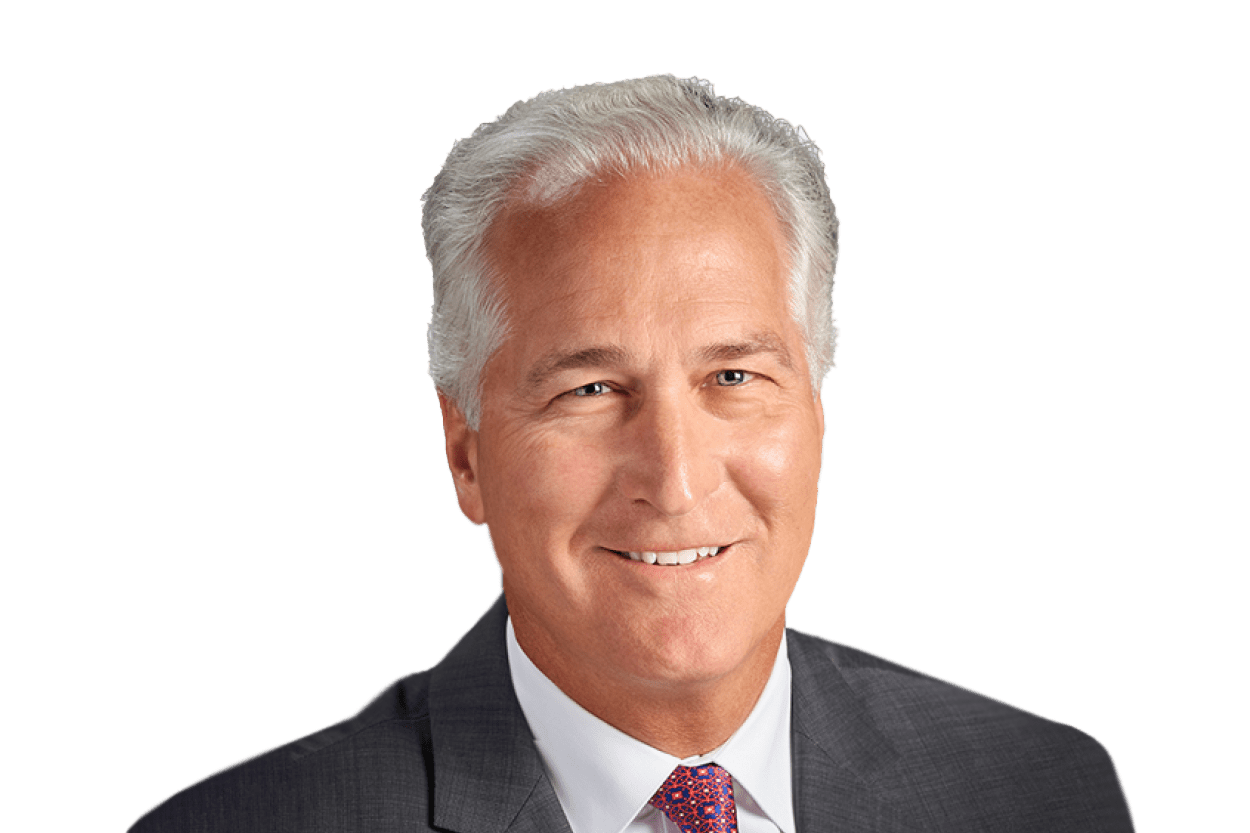At a glance:
- Cities provide a social foundation that adds meaning and connection to our lives, which is essential for economic resilience and growth.
- Making social value creation a priority in revitalization requires taking a purposeful approach. One way? Leveraging a structured Impact Framework.
- Placing people at the center of revitalization unlocks benefits that traditional revitalization does not, like increased levels of engagement.
What is the social value of a city?
Places are made up of people, social beings, whose ties to a market or region greatly impact their interest in supporting, developing or reimagining their surroundings for growth and improvement.
Improved quality of life is what attracts, and keeps, people in a place. Developing these characteristics as key assets in any city core helps to establish the critical meaning and identity needed to make people want to keep coming back to their city for more. A social value approach helps us to determine what “good” looks like for the unique demographic that lives within a set region, shaping the landscape of the city around collective wants, needs and desires. This often expands beyond the capital value of real estate assets and includes support, services, and meaningful cultural infrastructure that meets needs while also generating emotional dividends—like excitement.
Downtowns need diversification
Excitement = passion and when you pair that with dollars and interest, there’s momentum and effort unmatched to support growth and development. Simply put: people drive the economic recovery and development of the urban core and often need strong emotion, connection, and reasons to feel inspired to support.
You see the difference in cities with more vs less engaged populations. Those that have more activity are trending differently, toward more vibrant, mixed-use, and amenity-focused city cores.
Take Manhattan, a hub of social activity, which is demonstrating an improved rate of Return to Office (RTO) with office attendance at 68.9% over the U.S. average of 56%.
Office visitor volumes, Manhattan versus U.S.How can cities improve vitality through increased focused on social and community needs?
First, make meeting the needs of all stakeholders a clear priority—a non-negotiable part of any redevelopment vision—from the start.
By developing a vision that suits the needs of multiple stakeholders, and by designing projects through a social value lens, cities can ensure that their vision aligns with expressed needs and interests and is on course to achieve impactful outcomes at scale—to residents, businesses, and the many users and stakeholders that interact with the places we create.
Here, a structured approach can help embed social value creation throughout revitalization efforts and plans.
Our Impact Framework looks at eight areas city centers should consider to shape their social value creation as they redevelop:
Below, our Director of Social Value, Eime Tobari, is joined in conversation with Dick Shields, Principal & Executive Vice President of Development at Avison Young and Andre Brumfield, Principal & Cities Sector Lead at Gensler and member of the Chicago Planning Commission to discuss the elevation of social value creation in downtown revitalization, how factors like those in the Impact Framework make a difference, and how we can best meet a city’s people where they are today.
We should design our cities around the fact that our people make our places what they are
Placing people at the center of development instead of thinking purely in terms of buildings and tangible assets can create new opportunities through:
1. Incorporating the interests of every stakeholder group.
Community engagement is the key to developing a strong city core. While there are many different approaches to engagement, there is a consensus that the earlier the community is involved, the more successful a project will be. We can learn from the City of Chicago’s design for the We Will Chicago plan. This 10-year framework for city growth was developed using feedback from residents across all Chicago neighborhoods. Starting at the pre-planning stage, the Department of Planning and Development interviewed more than 600 Chicagoans and worked with the Metropolitan Planning Council to host community workshops.
Incorporating the interests of all stakeholders involves looking beyond engagement to co-development. Building trust with the community lays the groundwork for co-development. It is not enough to simply communicate the intentions of an urban development project. Instead, community stakeholder groups need to trust that they will maintain the ability to aid in the design of the development, provide feedback on progress, and influence eventual outcomes.
2. Finding solutions across the public realm.
The true value of the city core is found by utilizing space across the built environment. Activating the “in-between spaces”, or transitional spaces such as entrances, lobbies, and courtyards, helps to connect the public realm to the often private or exclusionary environment within buildings. This activation creates new user experiences and opportunities for all city goers to interact with the city core.
Open courtyards within private residential developments and pedestrianized alleyways offer examples of functional in-between spaces. Courtyards can house social infrastructure such as seating areas and playgrounds, creating spaces for both residents and community members to interact. At HopeWorks Station near Seattle, Washington, a public inner courtyard provides outdoor seating and recreation space to the development’s 65 affordable housing units as well as the surrounding community. In Vancouver, Alley Oop serves as a reimagined laneway – or alleyway – with cafe seating, local artwork, and a community basketball hoop. Alley Oop’s design was shaped by a community engagement process that highlighted the need for recreational space in downtown Vancouver.
3. Testing solutions through temporary interventions.
Efforts to ease the transition of a developing city core can utilize temporary interventions as a way to reintroduce urban activity and inform permanent solutions. These temporary interventions can serve as a “test run” for eventual development solutions, indicating whether an approach will fit the needs of stakeholders and prove cohesive with the existing urban environment.
The pandemic disrupted our city cores and brought business as usual to a halt. However, the pandemic also forced city cores to innovate to attract people, provide opportunities for local businesses, and accommodate social distancing requirements. Some temporary interventions introduced during the pandemic provided the foundation for long-term urban change. In New York City, the temporary Open Restaurants program, introduced to provide expanded permitting for outdoor dining, laid the groundwork for the permanent Dining Out NYC initiative. The success of outdoor dining and the continued demand for permits inspired Mayor Eric Adams to introduce the Dining Out NYC program and permanently change the fabric of the city’s public realm.
4. Creating a self-proliferating ecosystem for sustainability and resilience.
Providing opportunities for local businesses and SMEs fosters economic diversity and resilience. These opportunities could take various shapes including retail spaces of various sizes, flexible offices, and affordable workplaces. Incubators for entrepreneurs nurture innovation and creativity within the local economy. Engine Shed at Bristol Temple Meads is an innovation hub, providing workspace, business support, and professional development opportunities for entrepreneurs.
Rents in city centres are unaffordable for the smallest of businesses. Providing can help maintain the diversity and authenticity of the urban core. In 2021, the Greater London Authority introduced the expectation that all London boroughs incorporate affordable workspace policies into their development plans. In response, boroughs are taking different approaches to their affordable workspaces with multiple introducing a requirement for developments over a certain size to provide a proportion below market rents. In 2022, the 7,144 sqm of operational workspace with an estimated further delivery of 3,258. One affordable co-working space, SPACE4, reported over 100 regular users. Maintaining the affordability of workspaces is important not only for economic growth but, for economic diversification and local job creation as smaller local businesses often spend more in the local supply chain and employ locally.
Why does this matter for commercial real estate?
Approaching the revitalization of the city core through a social value lens and designing solutions around the needs and interests of people will improve the performance of all commercial assets. Thriving city centers built for the stakeholders they serve attract various residents, occupiers, and visitors – all critical to a successful economy. Incorporating social value delivery into downtown revitalization embeds objectives that would not otherwise be reached when not properly prioritized.
The impacts of the pandemic and economic shifts have demonstrated the volatile nature of our city centres. Shifting habits, costs, and priorities have surfaced a worldwide call for our cities to reimagine vitality. Designing revitalization with people in the center can activate the social core, improve the resilience of real estate markets, and strengthen our ability to respond come what may -- to the challenges and opportunities always inviting our cities to adapt and evolve.
This article is part of our 2024 Drivers of Change series where we explore the factors impacting our cities and places, and propelling us forward to adapt, learn and take advantage of the opportunities they present. See all the 2024 Drivers of Change or subscribe to be notified when new Drivers of Change are released.




